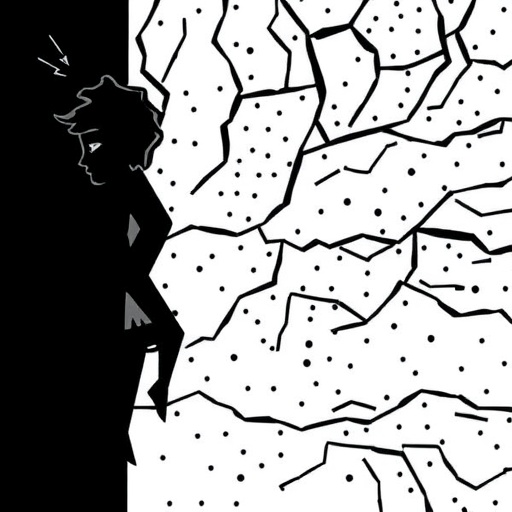Researchers from Jülich, Switzerland, France, the Netherlands, and the UK have discovered specific activity patterns in the brains of people with autism. These consistent patterns of functional connectivity might be used in the long term as therapeutic biomarkers. The idea behind this is that in future, doctors would be able to investigate whether certain treatments can shift brain patterns in the direction of healthy patterns, potentially achieving an improved state of health. The results of the study, which included more than 800 patients with autism in four cohorts, were published in the journal Science Translational Medicine.
Autism still poses many mysteries to science: The disease, which is defined by profound developmental disorders, is neither curable nor are its causes fully understood. The general term “autism spectrum disorder” (ASD) is used to cover the entire spectrum of autistic disorders. “In our study, we were able to identify a common pattern of brain connectivity for ASD,” explains Dr. Juergen Dukart from Forschungszentrum Jülich’s Institute of Neuroscience and Medicine (INM-7), the last author of the study. The results might help in optimizing existing treatments or evaluating new treatment options.
If neuronal activity changes simultaneously in two or more brain regions, scientists assume that they form networks and communicate with each other. The scientists refer to this as functional connectivity, which they can measure using functional magnetic resonance imaging (fMRI). Against this backdrop, scientists have repeatedly investigated the functional brain activity of people with autism over the last ten years. “The problem is that each study used its own methods. This has led to very different results with little agreement,” explains Dukart.
The current study evaluated data from a total of over 800 patients with autism from four independent cohorts: “We used an identical analysis and pre-processing method for all four test groups,” explains Dukart.
The researchers were thus able to replicate their results from the largest cohort in the other groups: “Certain effects appear consistently in all four groups and differ from the patterns of healthy control subjects,” the scientist adds. This would make it possible to use these connectivity patterns as therapeutic biomarkers, i.e. as measurable biological parameters for brain connectivity: “In therapeutic treatment, one might want to influence the connectivity patterns in such a way that they are drawn closer to the healthy control pattern,” explains Dukart. However, further studies are required for a more in-depth investigation of this biomarker for altered functional connectivity in patients with autism.
The researchers found that functional connectivity in the autistic brain is no more or less strong than in healthy control subjects, but that it shifts from one place to another. These shifts cause local under- and over-connectivity in the brain, which, according to the study, is associated with ASD symptoms such as speech disorders and limitations in everyday life. “This can be illustrated using the analogy of air traffic: If a large airport like Frankfurt grinds to a halt, flights are diverted to other, smaller airports. Although the total number of flights remains the same, the activity of the individual airports changes: certain airports become less important. This reflects the state of local under-connectivity of patients with autism. On the other hand, other airports become more important. These airports represent local over-connectivity,” says Dukart. For example, the study shows that certain brain regions, which are strongly linked in healthy subjects, exhibit lower connectivity in patients with autism at the expense of other regions, which, in turn, are more strongly linked. “This is what we refer to in the publication as shifts in connectivity,” explains Dukart. The Jülich researchers want to investigate more extensively the exact relationship between these shifts in connectivity and the symptoms of ASD in further studies.
###
Media Contact
Dr. Regine Panknin
[email protected]
Related Journal Article
http://www.
http://dx.




